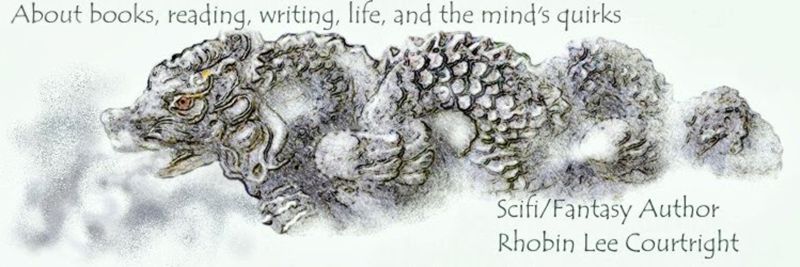This Christmas Eve, with all its promised gifts and with the year’s end soon to urge individuals into introspection, I find myself reflecting on what writing has given me. My ninth-grade teacher would be gratified to know improved grammar is one blessing. To be published one needs to know grammar, plus all the proofing and editing involved demands it. This gift led to a teaching job, a huge gift, but there are many others.
Writing gives my imagination free reign; for once the world is mine (insert evil laugh) and I can do with it what I like. Writing gives me a voice. Does that equate to imaginary power, or power through imagination?
Having a book published, even one not on the NYT Bestsellers list, gave me innumerable insights. The biggest gift writing bestows is not the celebrity or notoriety some writers receive, but satisfaction. Satisfaction in finishing work and conquering the struggles that erupt throughout the project. (Don’t you struggle at some point in every writing project?) Satisfaction came when a publisher accepted my manuscript, and those readers who have bought my books seem to enjoy my words! Along with satisfaction are closely related aspects of pleasure, perseverance, and accomplishment.
I’ve received more than satisfaction. When I began to recognize my mistakes and learned to correct and improve my work, I learned the craft. As I now tell my classes, writing teaches thinking, like following a logical order and looking at all aspects of a situation to discover both the subtle as well as the obvious choices. I also learned about criticism and rejection, and while difficult to accept, they offer a challenge to do better.
Once introduced into the publishing world, another gift emerged -- a community of writers as varied and interesting as the characters found on a library’s bookshelves: some helpful, friendly, and supportive, some spicy with strong opinions, and others quiet and slow to engage.
Everyone believes they have a story inside them. (If you think the plural pronoun agreement with indefinite singular antecedent is wrong – check out Merriam Webster’s Ask the Editor – it’s such a relief!) I was determined to write mine. I’m sure many writers have similar feelings, and most likely have discovered other gifts. What is stopping you from writing your story?











